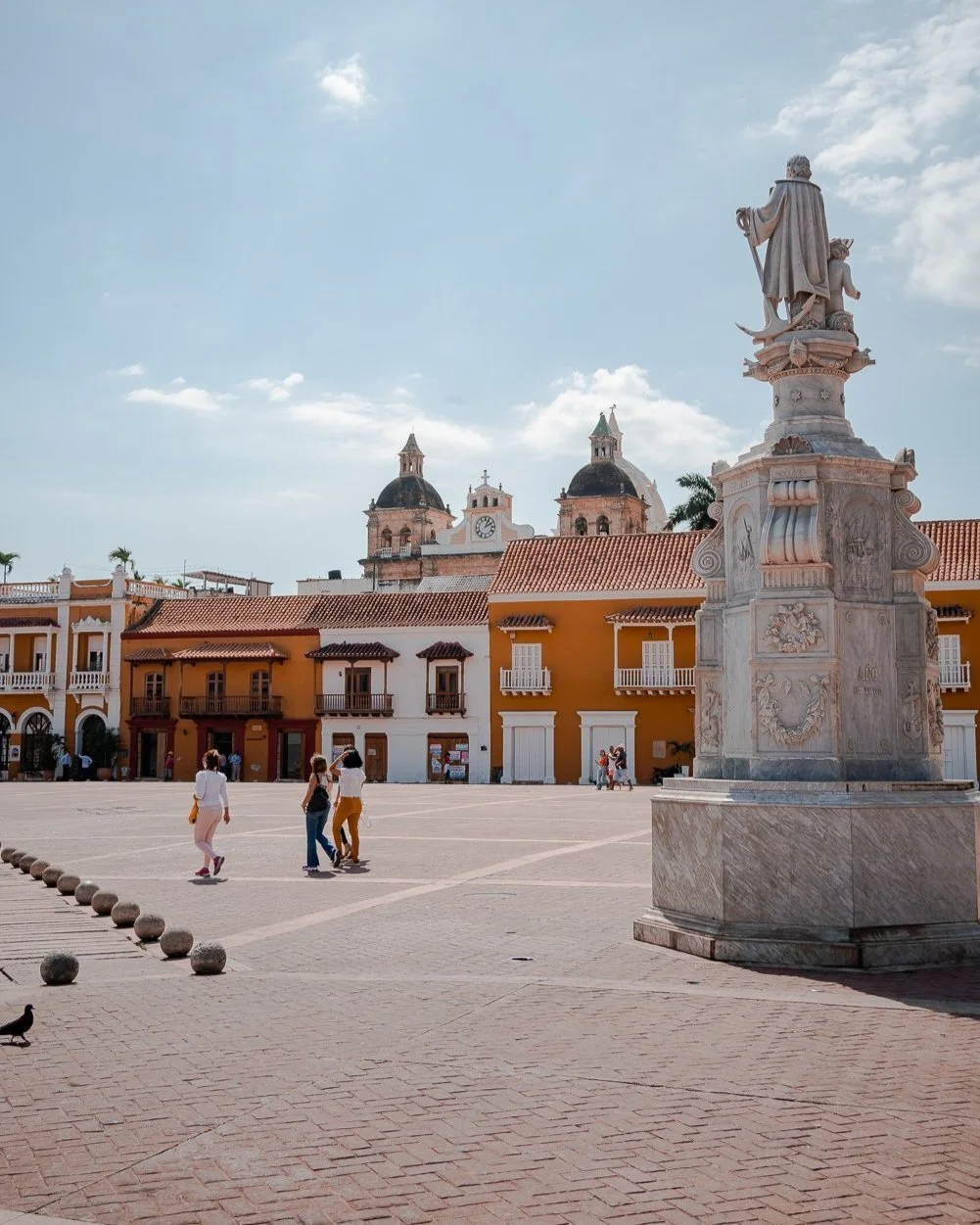If you are visiting Chiang Mai, Thailand’s second largest city to Bangkok, you will most likely pay a visit to the gold temple on the hill: Wat Phrathat Doi Suthep, and the surrounding area. However, before you go blindly visit the sacred site like I did, take heed of these tips to make your day efficient.
I had a fantastic time regardless, with the dripping-gold monuments almost blinding me, and the views I will truly never forget.
Doi Suthep is the name of the mountain, not the temple.
This one was a rookie mistake on my part, but it resulted in unexpected beautiful scenery, so I can’t complain.
If you search “Doi Suthep” in your GPS, you will end up driving for a while up windy roads in the forest. When we got to a one-way road, we started to grow suspicious. Finally, Google Maps told us, “You have arrived!” in the middle of the forest.
Although Doi Suthep is the colloquial abbreviation that everyone uses when discussing the landmark, the full name of the temple is Wat Phrathat Doi Suthep. The error sent us about 30 minutes past the real location, but the cool breeze up in the mountains and gorgeous sun rays peaking through the trees was a refreshing break from the hot and dry city level anyhow.
Doi Suthep mountain is 5,500 feet (1,676 meters) high and looks over Chiang Mai.
The dress code at Bhubing Palace is extraordinarily formal.
If you have entered temples before, you know the basics of covering your knees, shoulders, and taking off your shoes. But Bhubing Palace, the next stop down the road for many travelers, has a notoriously formal dress code.
Both men and women must wear thick clothing (my top was deemed too see-through) that basically goes down to the ankles, with tops that have longer sleeves. Most people in 90 degree heat are not walking around covered head to toe, so fortunately there are shops outside the palace that rents clothing for a price equivalent to $1 USD per clothing item, plus a deposit.
However, you might not get to choose your outfit, with resulted in this garish colored garb I was stuck to parade around with!
Half of the year, you cannot even enter the Palace. But they will still sell you a ticket.
After succumbing to the elegant traditional wardrobe (love the style; I just didn’t prefer the colors), we bought tickets to Bhubing Palace for around $3 USD each, only to walk around the grounds and find out - along with other confused foreigners - that we were only allowed to see the royal gardens.
The palace is the royal winter residence of the Thai Royal Family. Therefore, during the winter months, you cannot enter the enticing palace, but you may view the many acres of exotic flowers and plants, charismatic trees, sparkling reservoir, and sloping hillsides, which I admit were quite impressive. I only wish that the ticket office let us know before purchasing tickets.
If anyone asks, I had the best time. Remember, "whoever defames, insults or threatens the King, the Queen, the Heir-apparent or the Regent, shall be punished with imprisonment of three to fifteen years."
Epic waterfalls are near the temple; you can see one the same day.
Save on transportation costs and swim at gushing waterfalls near Doi Suthep in the same day. I wish I visited one of these when I made the 40-minute trip to Doi Suthep, but ended up checking them out on different days.
The following waterfalls are near the Doi Suthep area west of Chiang Mai, and you will only need a couple hours at each one:
Mae Sa Waterfall – 10 levels of pools, with swimming and plenty of room to picnic.
Monthathan Waterfall – located inside Doi Suthep-Pui National Park with a swimming hole and multiple levels.
Huay Kaew Waterfall – Short walking trail in a picturesque setting, but usually only flowing during rainy season or right after.
Mae Sa waterfall has 10 levels of swimming pools. Shh… the top one is the best.
There are often police checkpoints on the way to Doi Suthep, checking for your international driver’s license.
Being a popular tourist attraction, you are likely to hit a checkpoint leaving Chiang Mai if you are driving. If you don’t have an international license, the fine will be about $15 USD. They pull you over, charge the fine, and you are on your way in a minute, so it’s not a huge deal. I believe after this ticket, you can drive for another 3 days before being fined again, but no guarantees with Thai police.
Wat Phrathat Doi Suthep’s gold-latent interior, breathtaking views, and new construction is indeed stunning.
Is the famous temple worth the hype? In my opinion, yes! Though we had visited many, many, many other temples in Southeast Asia, this one is close to the city and definitely worth visiting if you are in Chiang Mai.
…Just get ready for the gargantuan, exhausting staircase to get to the top.
Happy travels!































































